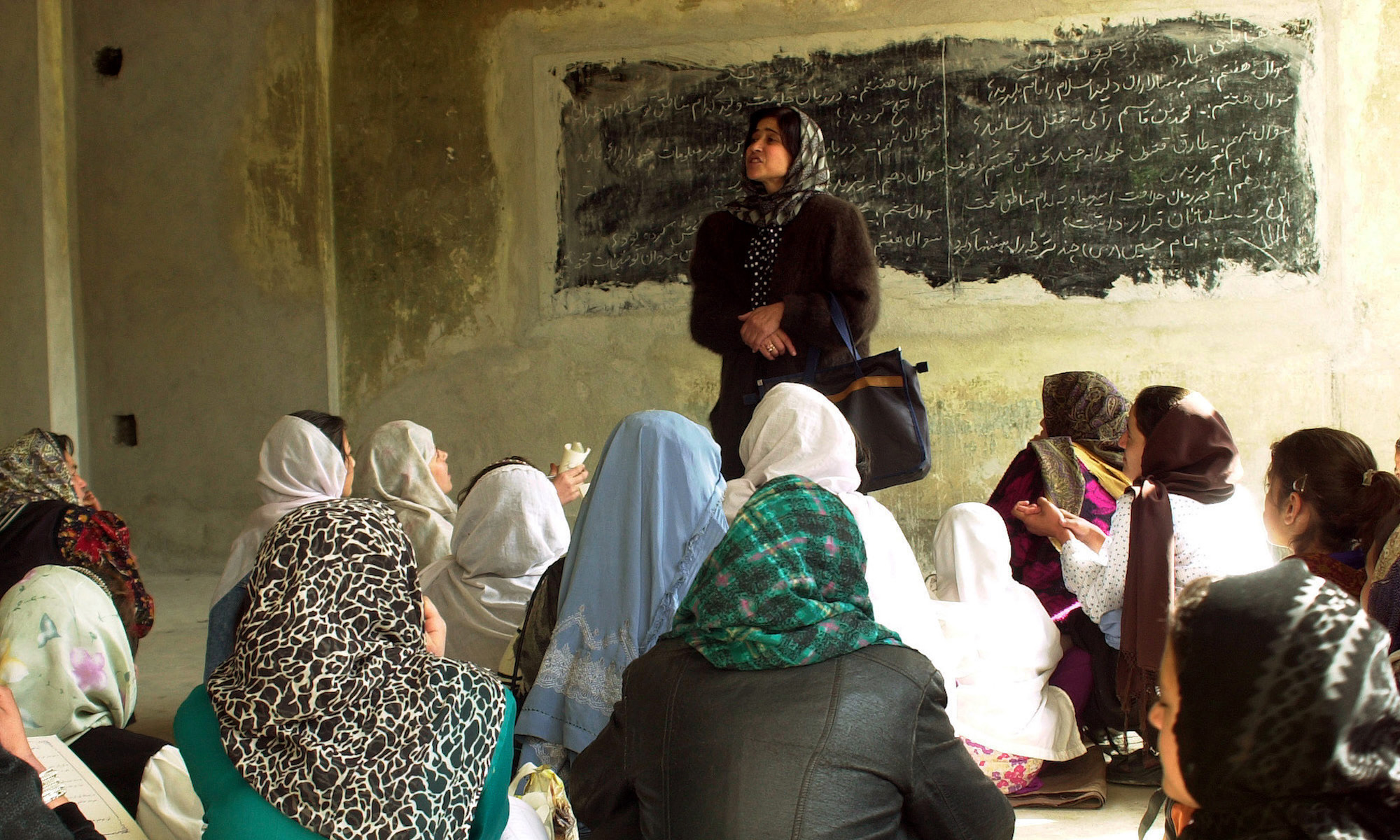This article introduces a novel way of conceptualising variations of peace in post-war societies. The most common way of defining peace in the academic literature on war termination is to differentiate between those cases where there is a continuation or resumption of large-scale violence and those cases where violence has been terminated and peace, defined by the absence of war, has been established. Yet, a closer look at a number of countries where a peace agreement has been signed and peace is considered to prevail reveals a much more diverse picture. Beyond the absence of war, there are striking differences in terms of the character of peace that has followed. This article revisits the classical debates on peace and the notion of the Conflict Triangle as a useful theoretical construction for the study of armed conflicts. We develop a classification captured in a Peace Triangle, where post-settlement societies are categorised on the basis of three key dimensions: issues, behaviour, and attitudes. On the basis of such a differentiation, we illustrate the great diversity of peace beyond the absence of war in a number of post-settlement societies. Finally, we discuss the relationship between the different elements of the Peace Triangle, and the challenges they pose for establishing a sustainable peace, as well as the implications of this study for policy makers concerned with peacebuilding efforts.

INSCT Postconflict Research Database
The Institute for National Security and Counterterrorism's Postconflict Research Database & Analysis Project stores cross-indexed bibliographic information on hundreds of journal articles, books, book chapters, and case reports that address the broad, interdisciplinary fields of postconflict reconstruction, stabilization, and peacebuilding.
31 Replies to “Beyond the absence of war: the diversity of peace in post-settlement societies”
Comments are closed.